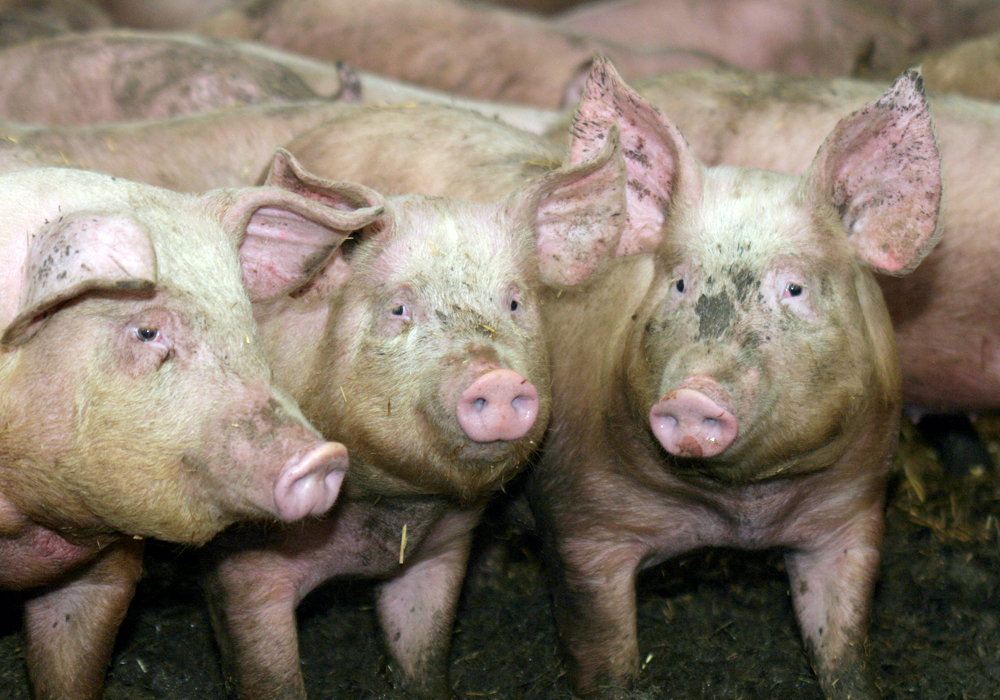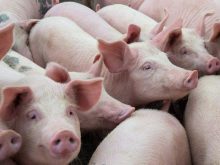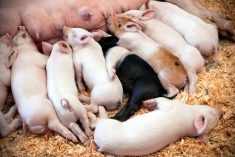Researchers at Washington State University have created a gene-edited pig.
The scientists used CRISPR, a gene-editing tool, to sterilize a group of five male pigs. Then, the pigs received stem cells from another male pig.
That allowed them to “create sperm with that (other) male’s desired traits, to be passed on to the next generation,” WSU said in a news release.
Read Also

Using artificial intelligence in agriculture starts with the right data
Good data is critical as the agriculture sector increasingly adopts new AI technology to drive efficiency, sustainability and trust across all levels of the value chain.
This sort of breeding technique is known as “surrogate sires”, where male animals produce sperm carrying only the genetic traits of donor animals.
“Essentially a high-tech form of selective breeding, surrogate sire technology can greatly expand dissemination of valuable genetics in livestock,” Washington State University said.
“It has the potential to not just improve meat quality but the health and resilience of livestock.”
However, the larger purpose of the research was to show that gene-edited pigs are safe to eat. And to show that university researchers can get gene-edited livestock into the food supply.
The five pigs were slaughtered and processed at the WSU Meat Lab, then United States Department of Agriculture staff inspected the meat for safety.
A meat scientist at the university made some of the pork into sausages, which will be sold to raise funds for students on the university’s meat-judging team.
“The original intent in making these animals was to try to improve the way that we feed people…. We can’t do that unless we can work with the (Food and Drug Administration) system to get these animals actually into the food chain,” said Jon Oatley, a professor in the WSU’s College of Veterinary Medicine.
“If we don’t go through that process, all of the research we’re doing is for naught because it will never make it out into the public.”
In gene editing, scientists delete or edit the DNA of a plant or animal to achieve a desired trait. It’s distinct from transgenic technology, in which DNA from one species is inserted into the DNA of another to get a particular trait.
It took two years for Oatley and his team to receive FDA approval for the pigs to enter the food supply.
However, the approval was only for the pigs sterilized using the gene-editing technology.
The offspring of those pigs have not been reviewed or approved for inclusion in the food chain.
WSU said the five pigs were the first “gene-edited” pigs to receive regulatory approval in the U.S.
They’re not the first gene-edited livestock in America.
A private company, called Acceligen, gene-edited cattle so the animals have a short, slick hair coat.
The slick-haired cattle are more tolerant of hot and humid weather.
The FDA approved the slick-haired, gene-edited trait in 2022.
Contact robert.arnason@producer.com
















